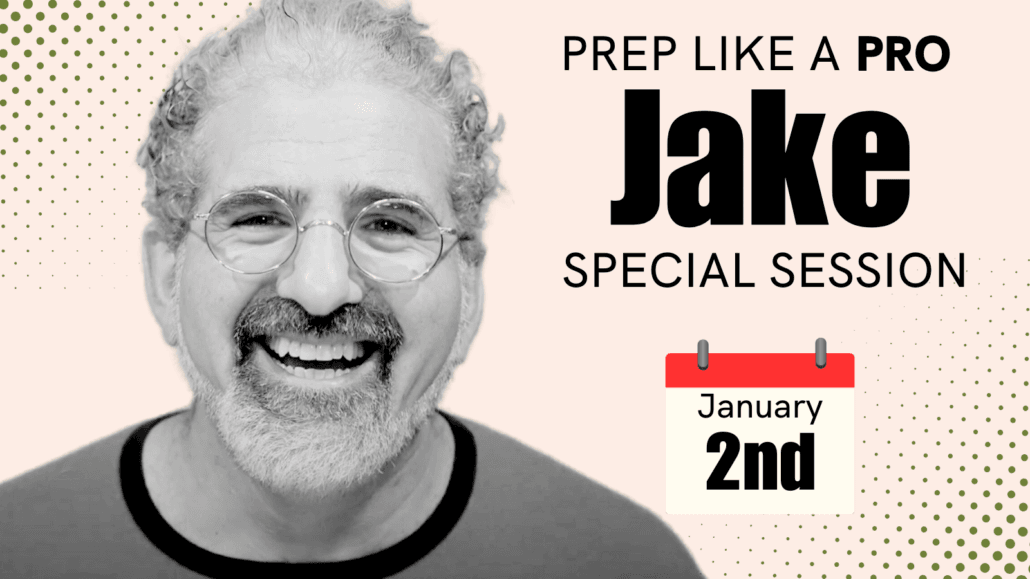Feedback Part 5: How To Talk About The Bad Stuff
By Jacob Krueger
[divider type=”thin” full_width=”no” width=”1/1″ el_position=”first last”]
Read the whole Feedback series: Part 1, Part 2, Part 3, Part 4
It’s a simple fact. Writers don’t like most of what they write.
And they don’t like most of what they read either. Writers can be like rabid bloodhounds, ready to sniff out every flaw in a screenplay at a moment’s notice. This isn’t your fault. Countless years of English teachers, writing groups, screenwriting books and well-intentioned writing professors have trained you to approach a project in this way. The problem is, when it comes to the creative process of writing, all that sniffing around doesn’t necessarily help. In fact, if you’re on the receiving end of that kind of feedback, you probably know what it feels like to be the bird in the bloodhound’s jaws. Not exactly inspiring.
How To Talk About The Bad Stuff
Whether the project is a fully developed work of art, or little baby script in need of some tender love and care, chances are that without any effort at all, you can uncover about 1001 different things that you would like to change. But if you want to actually make a difference, your notes are going to need a context. As counter-intuitive as it may sound, the first step in talking about the bad stuff is to begin by thinking about the good stuff. By identifying what already works in a script, you give the writer a context to understand your criticism, and a foundation around which to build his or her revision.
What is the heart of the scene? What is the structure that can be built upon or amplified? What themes emerge for you? What do you find particularly cool, even if it’s not fully developed yet? What is the underlying intention of the scene? And how does the writer seem to be accomplishing that intention?
Super-Charge Your Revision
One of the reasons first drafts read like first drafts is because as writers we often haven’t figured out what the scenes actually ARE yet. That’s because as the writer, our subconscious mind is working on its own set of intentions, of which we may or not be conscious as we write. Often, a scene that fails to achieve our conscious intentions have the potential to be highly successful in ways that we never even imagined. Once you have a strong sense of what a script is actually achieving, it’s easy see where it’s falling short. Are your conscious and unconscious intentions living in harmony with each other, or are they battling for attention? Are there aspects that don’t fit with the overall thrust of the scene, or which undercut what makes the scene particularly cool? Are there elements that seem boring or cliché that could be approached from a new angle or given a little tweak?
In this context, identifying the elements that don’t work can become as exciting as identifying those that do– giving you a clear and exciting path for your revision, not by providing the answers, but by providing the questions that inspire you to discover the answers for yourself.
Only The Beginning
One of the things I love about my screenwriting classes is the way this kind of feedback fosters a writing community that grows creatively together. Invariably, as students get better at giving feedback to their fellow students, their own writing improves at an exponential rate. That’s because in learning to give good feedback to other writers, you also discover new ways to give feedback to yourself.
Develop these skills as a beginning writer, and you’ll not only be much happier with your writing, you’ll also be well served in your professional career, as you deal with producers, directors, actors and other well-intentioned individuals who have not necessarily been trained in how to give feedback that actually helps.
Join The Community
If you’re looking for the kind of community that fosters your writing in this way, I invite you to check out one of my upcoming screenwriting classes.



